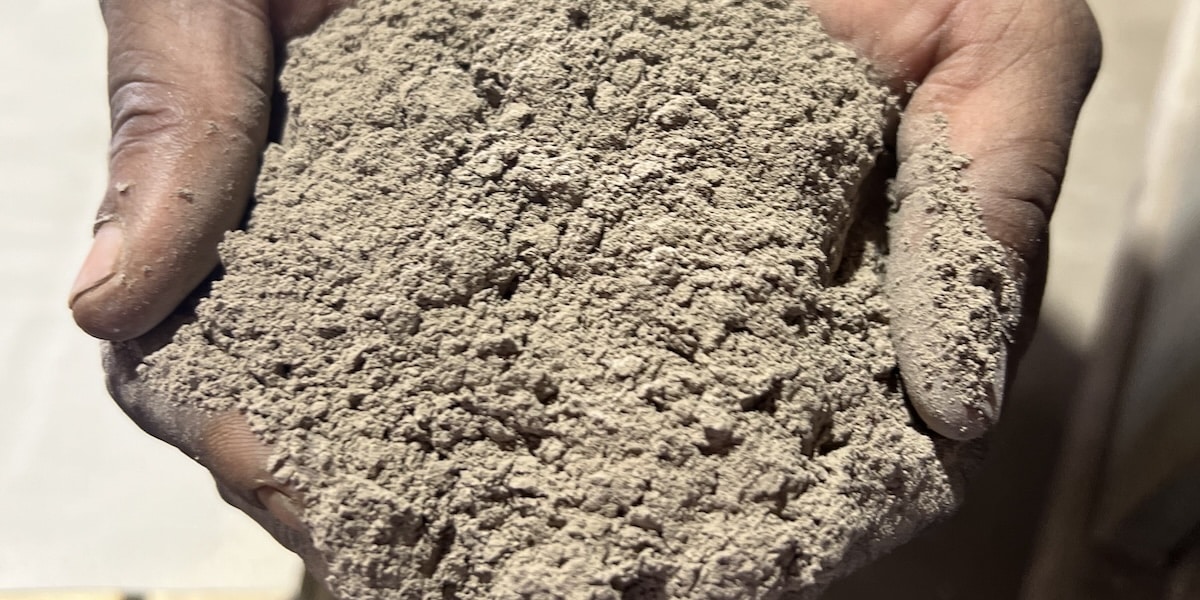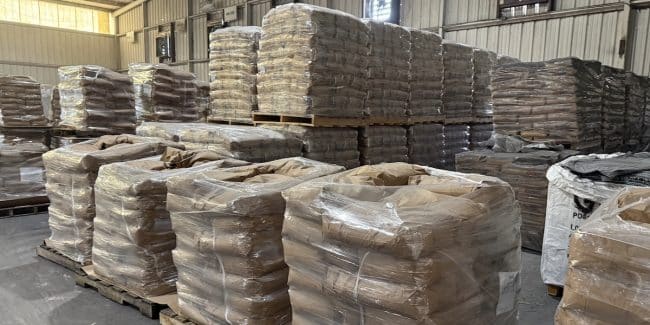
Comparing Wet vs. Dry Grinding Methods
Grinding plays a big role in shaping how materials perform, move, and get used. Two of the most common approaches, wet and dry grinding, each bring something different to the table. They both get the job done, but take different paths that affect your process in specific ways. Keep reading to learn more.
What is wet grinding?
Wet grinding uses liquid (usually water or a solvent) to help break down material. It suspends particles in a fluid and turns everything into a slurry. This setup works well for materials that don’t handle heat well or create too much dust when dry.
Pumps and tanks are usually part of the system to keep the slurry moving. In these setups, you’ll often see milling equipment like:
- ball mills
- bead mills
- attrition mills
Wet grinding is common in pigment production, ceramics, food processing, and pharmaceutical applications; anywhere you need fine, uniform particles and good flow characteristics. The process keeps heat in check and cuts down on airborne particles, but it also brings a few complications. Drying the final product, handling liquid waste, and managing corrosion risks can add cost and time.
What is dry grinding?
Dry grinding skips the liquid. Everything stays in solid form while being milled, often with air or gas helping manage heat and move material through. It works well for materials that react badly to moisture or are better off dry.
You’ll see dry grinding used in cement, metal processing, and chemical production. Common machines here include:
- hammer mills
- pin mills
- jet mills
- roller mills
The setup is usually more straightforward since there’s no drying step. But you do have to deal with dust and heat, so good airflow and dust collection are a must. That said, dry grinding delivers strong results when matched to the right material.

Comparing Wet & Dry Grinding
These methods take different routes, and those differences show up across the workflow. For a look at efficiency in general, check out our piece on methods for powder milling.
Wet grinding keeps particles suspended, cools things down, and controls dust. It’s great for fine output but adds some steps and gear.
Dry grinding keeps things simpler but brings dust, heat, and wear into the picture. Your choice affects cleaning routines, equipment life, and how products move through the system.
Why choose wet grinding?
- Finer particles and more consistent texture
- Less dust, fewer filtration demands
- Cooling built in through the fluid
- Good match for processes using slurries or liquid mixtures
Why choose dry grinding?
- Compact setups with fewer moving parts
- No water or drying equipment needed
- Easier to handle, store, and package dry output
- Simple to integrate with many powder-handling lines
- Better suited for materials that clump in liquid
Operational Considerations
Wet grinding usually means extra tanks, plumbing, and time to dry the final product. It can raise corrosion risks too.
Dry grinding is leaner in setup, but you’ll need solid dust control and ways to deal with heat. Production volume, space, and how your material behaves all feed into the right choice.
Which approach suits your needs?
Think about how your material reacts to moisture, how fine it needs to be, and what you’re doing with it after grinding. Some materials need fluid to break down, others clump or degrade in it. Dry grinding can move faster or store more easily. The better fit comes down to the full picture…cost, process flow, storage needs, and picking the right contract manufacturing partner.
How M&M Milling Can Help
At M&M Milling, we’ve spent years working with both wet and dry grinding processes. Our toll manufacturing team looks at your material, your goals, and your setup to figure out what will actually work best…not just in theory, but on your floor. We’ve got the gear to run tests and compare results before you scale up. We also offer services for powder processing, milling, drying, blending, sizing, and bulk material handling services.
If you’re sorting out what direction to go, these questions can help you think through what to ask before reaching out.